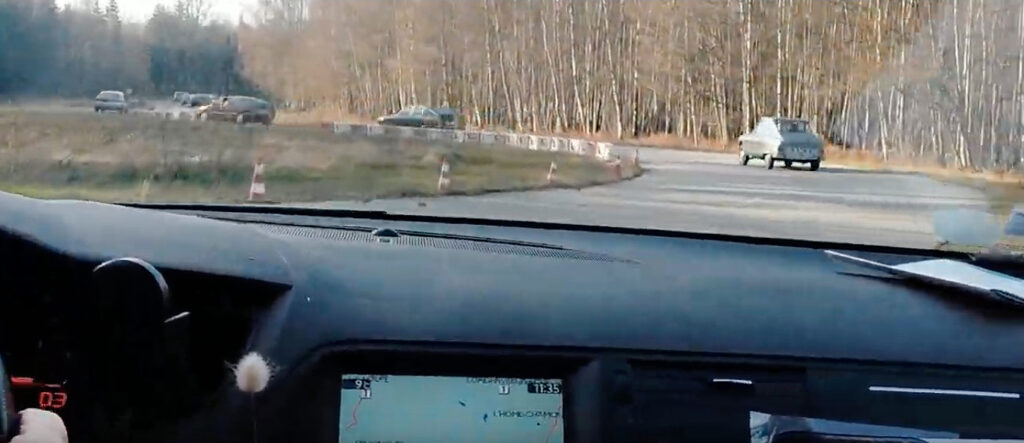La Ferté-Vidame — Farewell to a Citroën Heritage Landmark
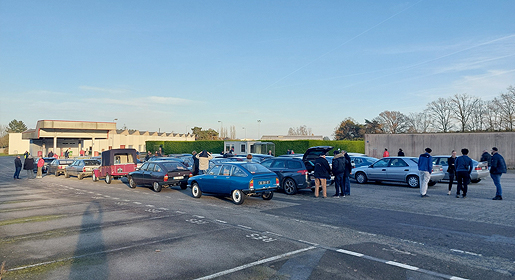
November 30, 2024 was a sombre day as the Amicale Citroën and DS France team gathered with Citroën owners for access one last time to the historic La Ferté-Vidame test centre.

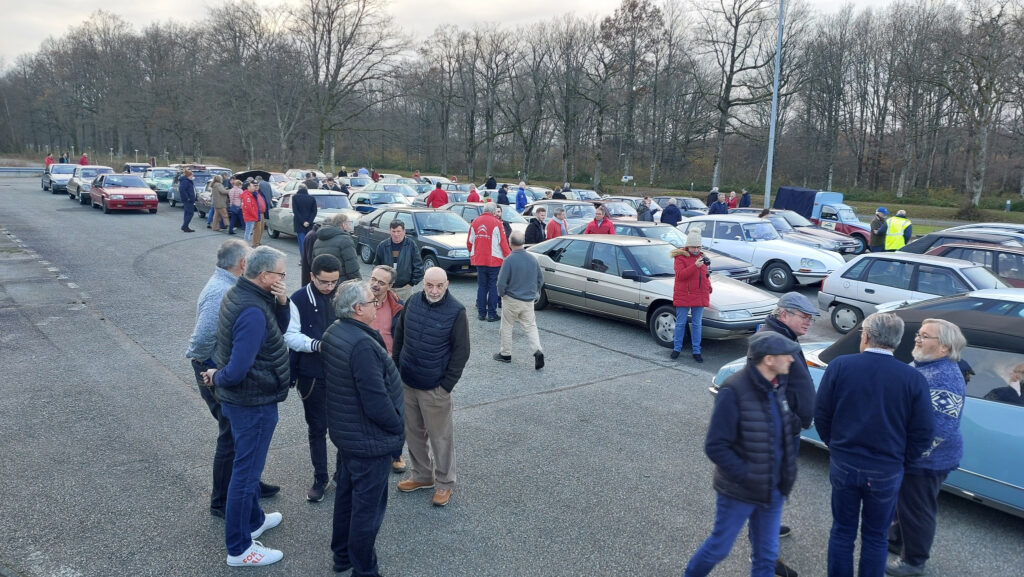
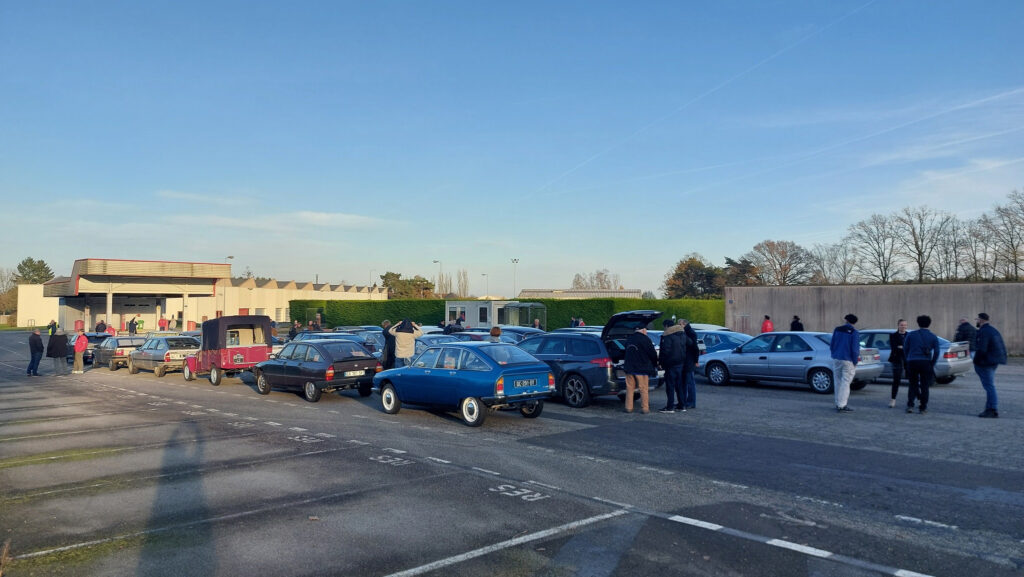
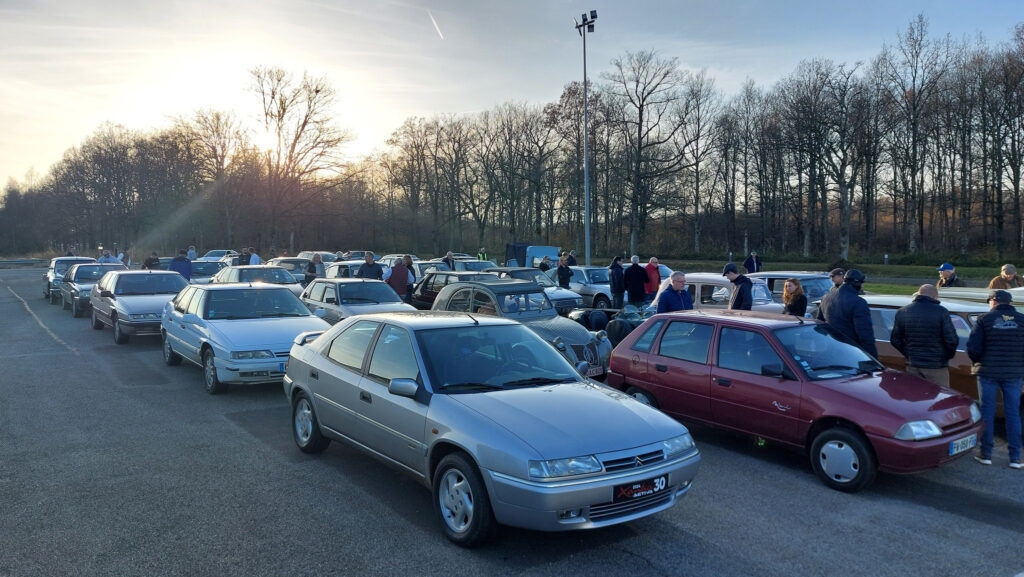
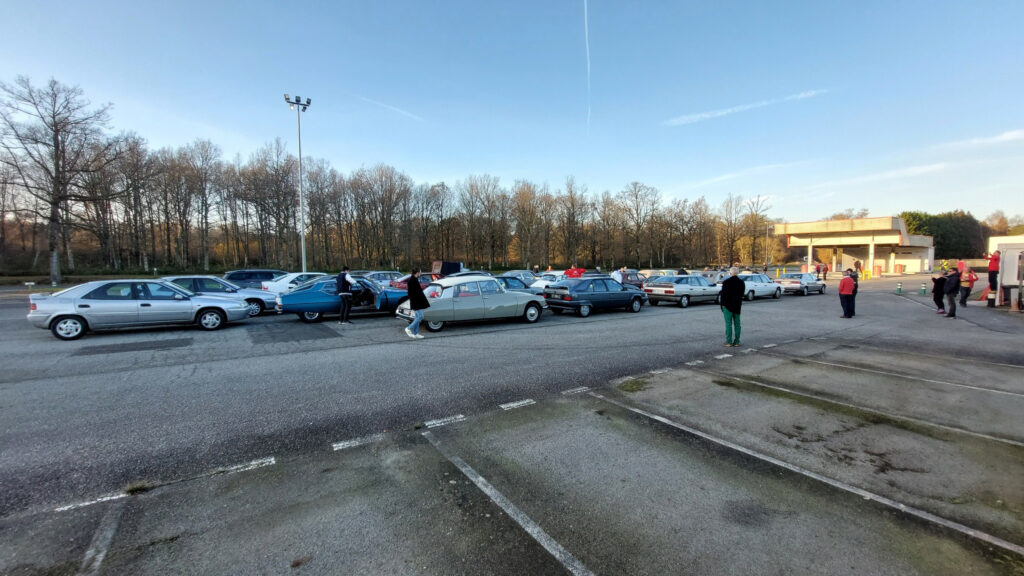
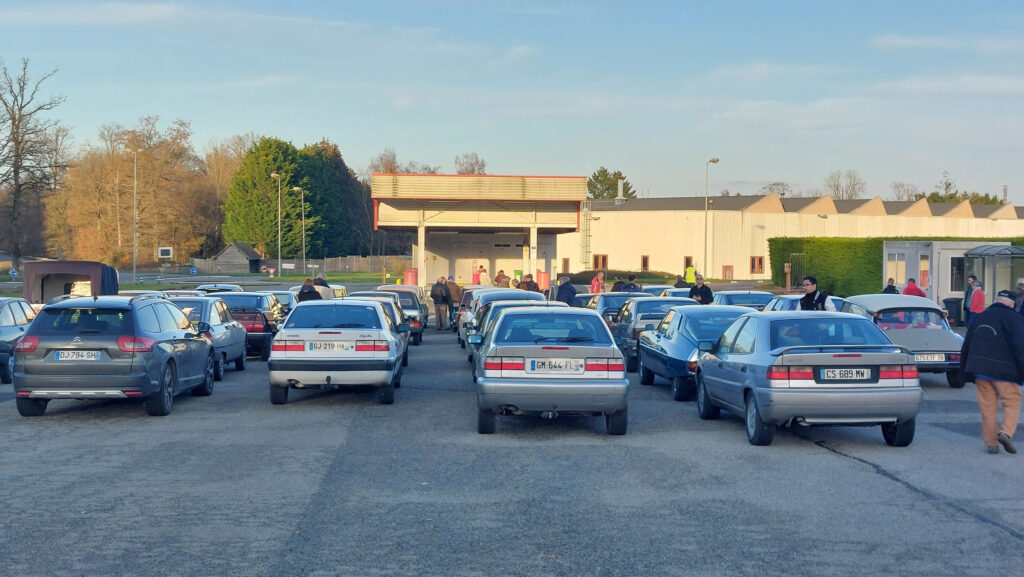
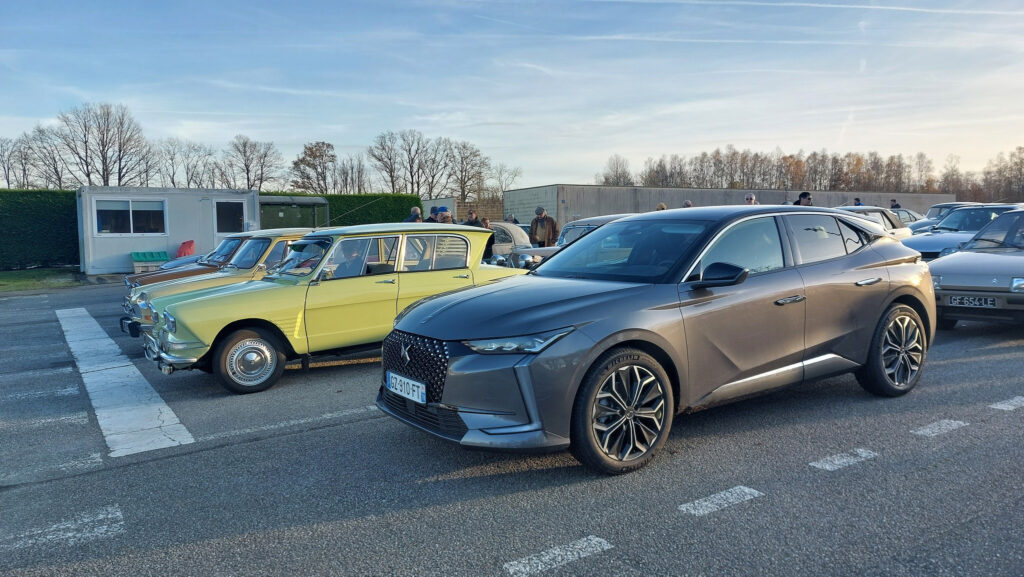
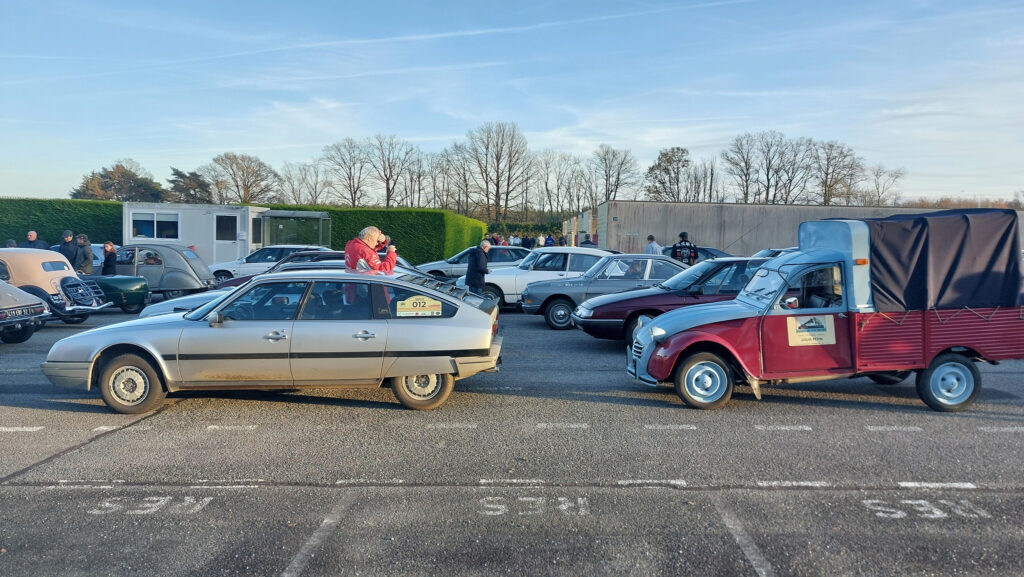
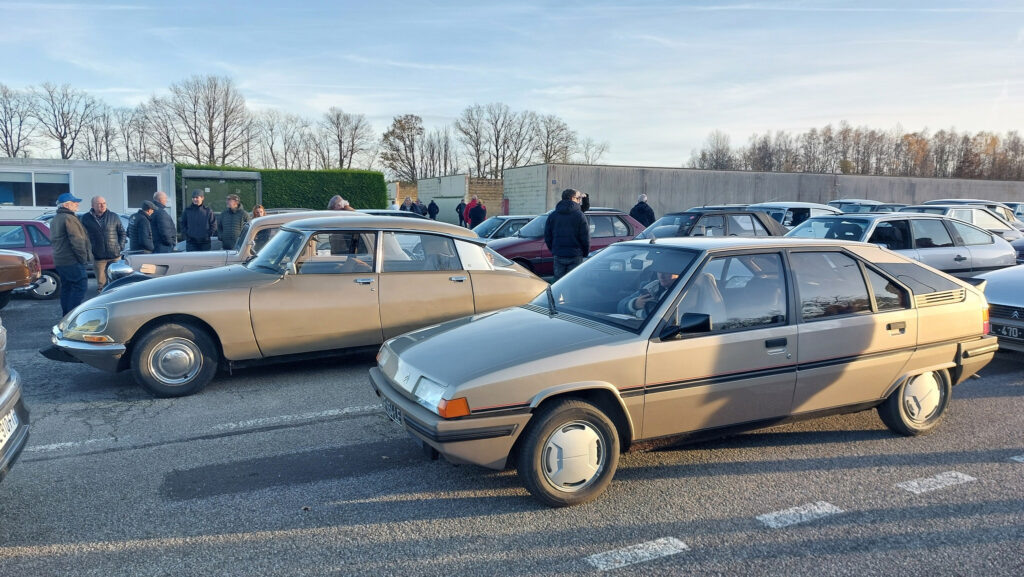
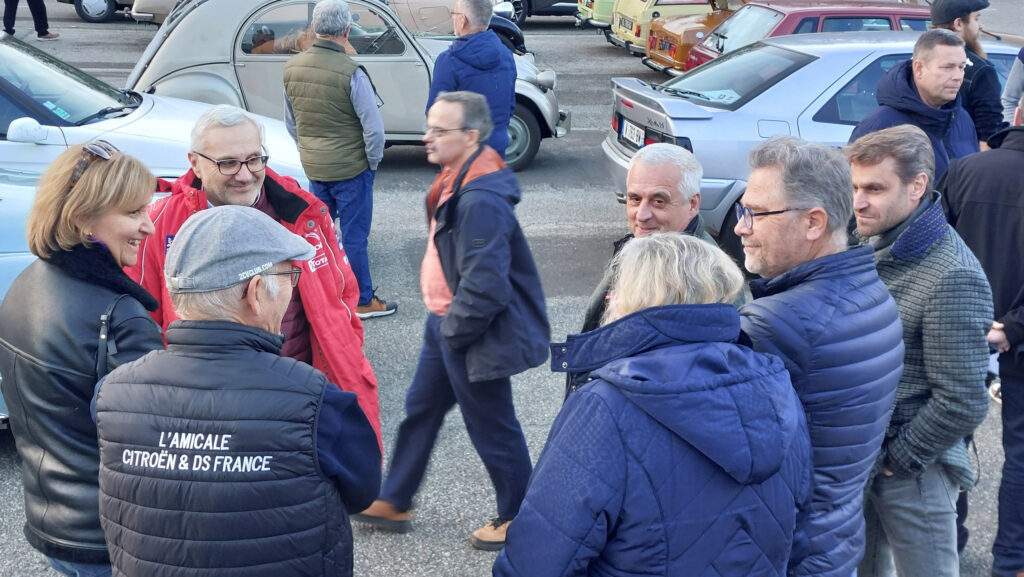
In July 2023, Stellantis group announced its intention to dispose of the property and put it up for sale at the end of 2024. Owned for a long time by Citroën and then by Groupe PSA, the Ferté-Vidame site was no longer run directly by Stellantis but by Ségula, which was responsible for the operation of future vehicle testing, though Stellantis remained the owner of the property and elected not to renew Ségula’s lease, which expires at the end of 2024.
The decision to sell La Ferté-Vidame is part of a broader policy by Stellantis aimed at reducing development costs. By rationalizing its test centers, the group intends to optimize its resources to meet the challenges of today’s automotive industry, between electrification, digital transformation and new environmental regulations. For Citroën enthusiasts, the sale of this place steeped in history is seen as a sacrifice, even a symbolic break with the brand’s heritage. It has been at the heart of Citroën’s technical innovation — a place where legendary models such as the Traction Avant, the 2CV, the DS and the CX were developed.
La Ferté-Vidame was the site of the 100th anniversary celebration of Citroën in July 2019 with over 4,000 in attendance and a crowed of over 40,000! Ironically, On September 9, 2022, the testing and proving ground site received a special honour with a plaque unveiled stating it is an “historic site of France’s automotive history”.
Surrounded by 12 kilometres of walls to prevent future vehicles from being seen, La Ferté-Vidame test centre is the largest private property in France not crossed by a public road, with a vast area of 800 hectares dedicated to the development of vehicles.
It was created in 1938 when Citroën bought the former castle of the Duke of Saint-Simon. Studies of the future 2CV had been launched there in 1936 under the name Project TPV. Citroën was looking for a place that was large enough, discreet enough and easily accessible from its headquarters on the Quai de Javel in Paris. It needed to be able to run its prototypes far from the gaze of the competition and the press. It is also where the 2CV prototypes were hidden during the Second World War, then forgotten and found decades later.
Over the years, the site was specially fitted out to accommodate various technical workshops. Various test tracks are built there, reproducing the types of roads and paths that a car can encounter and playing a vital role in the development of Citroën’s acclaimed hydropneumatic suspension that was first fitted to the rear of the Traction Avant in 1954 (in the 15-6H), before being fully implemented in the DS19 in 1955. Among other Citroën models developed there were the Type H Van, Ami 6, GS, SM, CX and many others.
The closure of the Ferté-Vidame facility is a hard blow for the nearby village of 530 inhabitants, which benefited from the activity generated by the test centre, and it is yet another factor in diminishing Citroën’s heritage in France.
